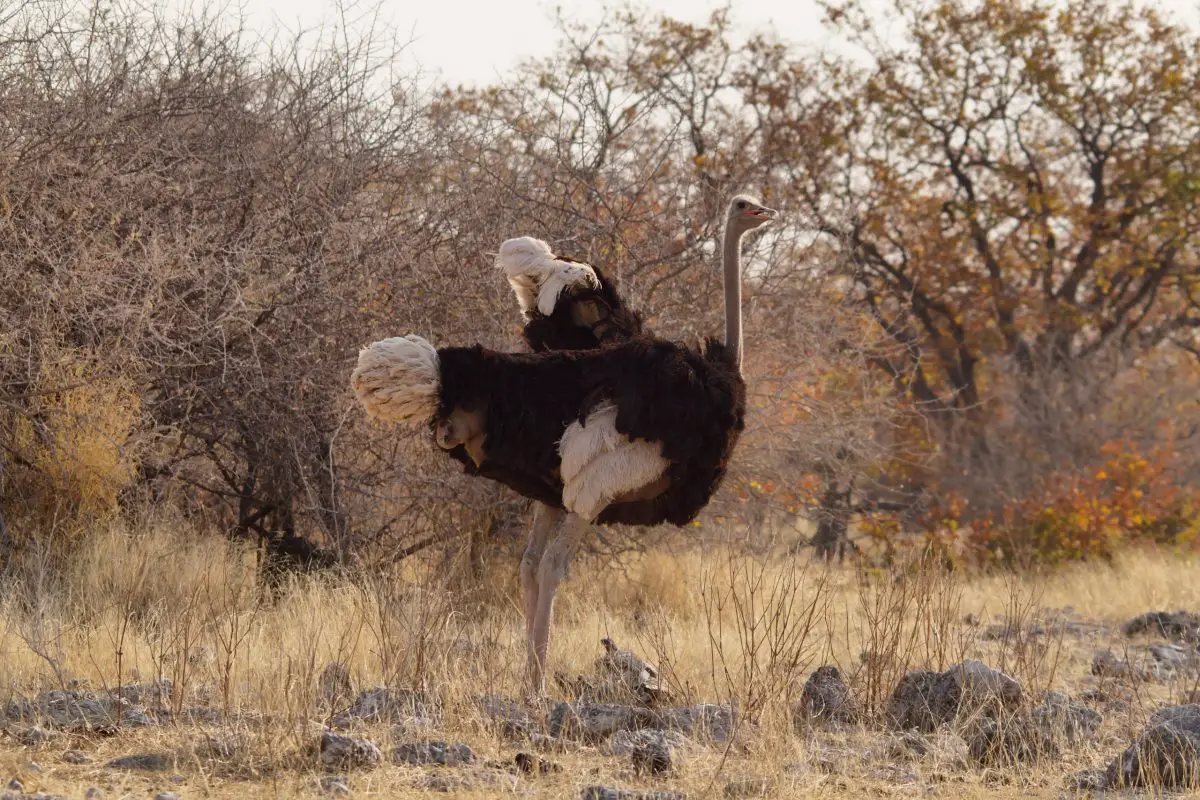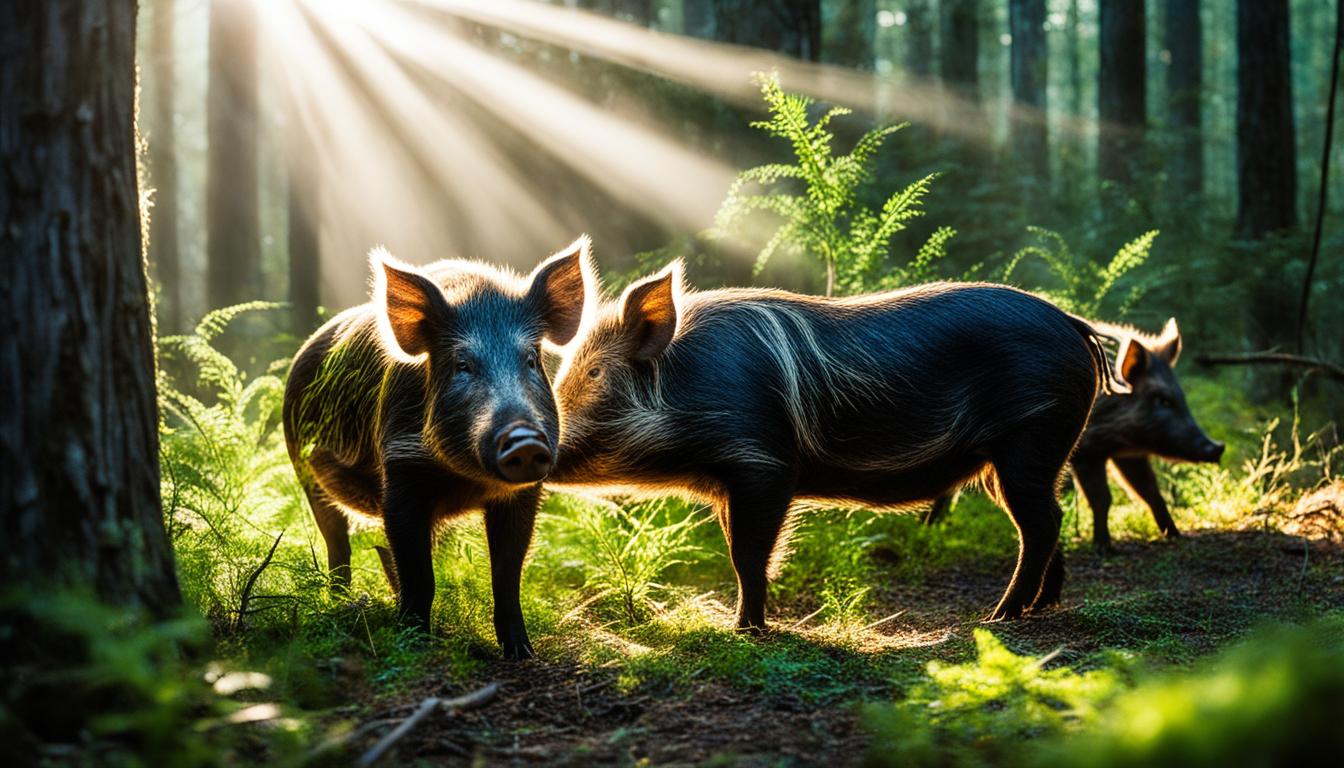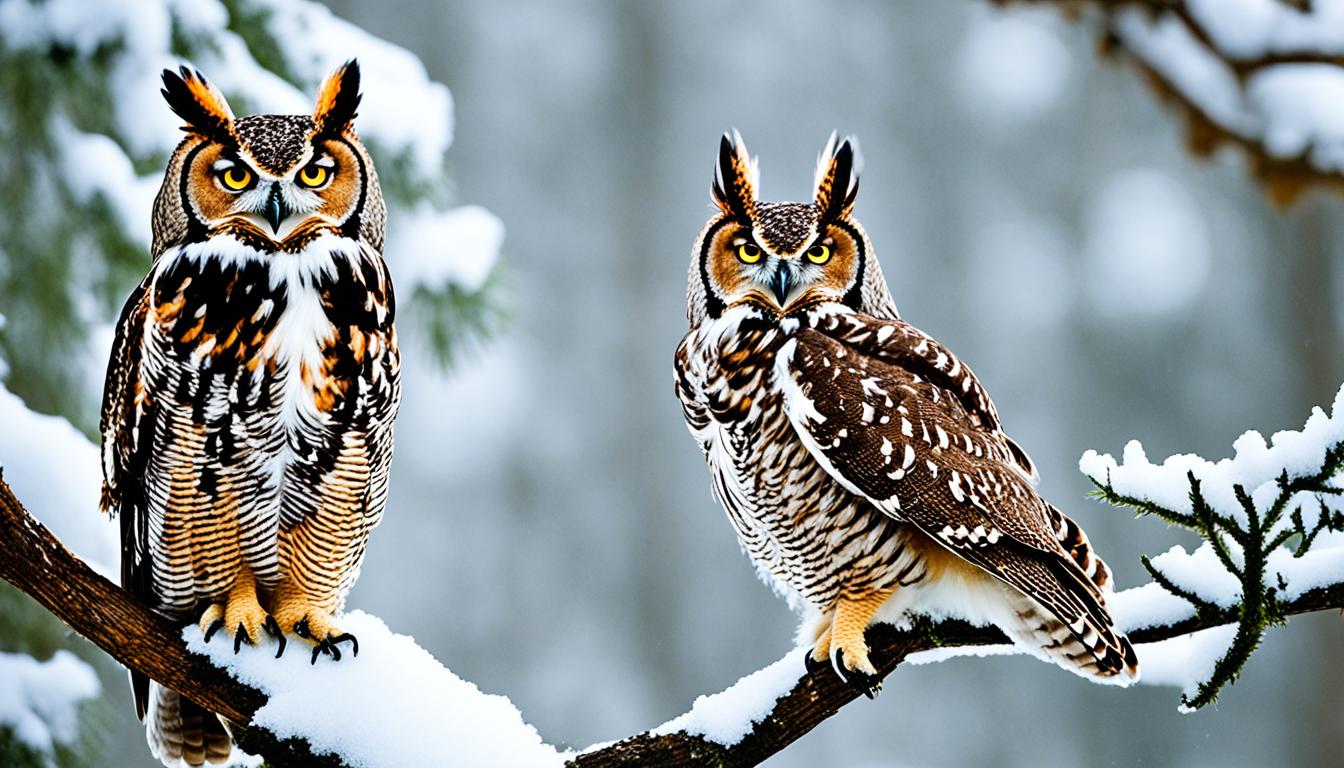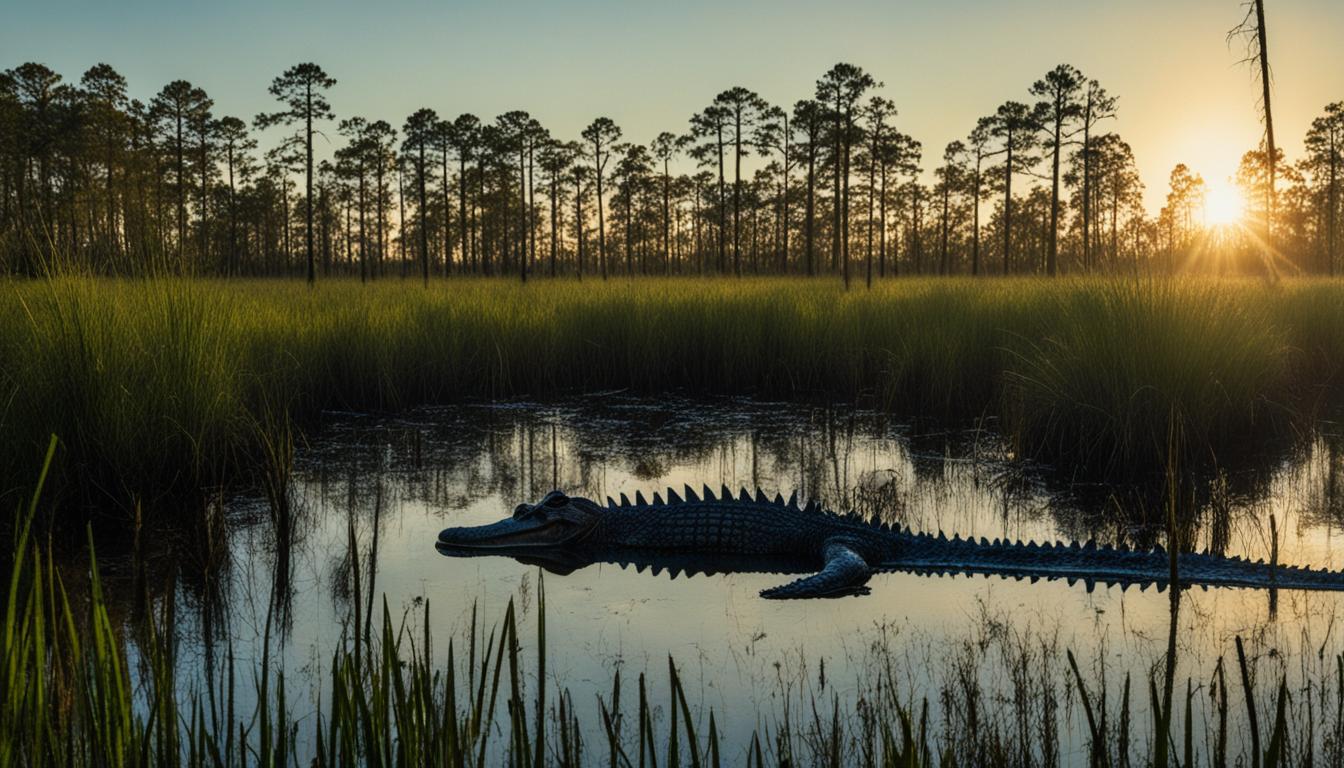There are several reasons why an ostrich cannot fly. First, they are simply too heavy to get airborne. An ostrich typically weighs between 150 and 300 pounds, which is significantly more than most birds.
Additionally, their bodies are not built for flight. Unlike other birds, ostriches have long legs and short bodies, which makes it difficult for them to generate the lift needed to take off.
Finally, ostrich wings are relatively small and weak compared to their body size. While they are able to use their wings for balance while running, they lack the strength and power needed to sustain flight. As a result of these limitations, ostriches are unable to fly and must rely on their legs.
The short answer is simply ostriches are to heavy, their bodies arent build for flight and their wings are more for keeping a balance then actual flight. All these are reasons for why the ostrich don’t fly.
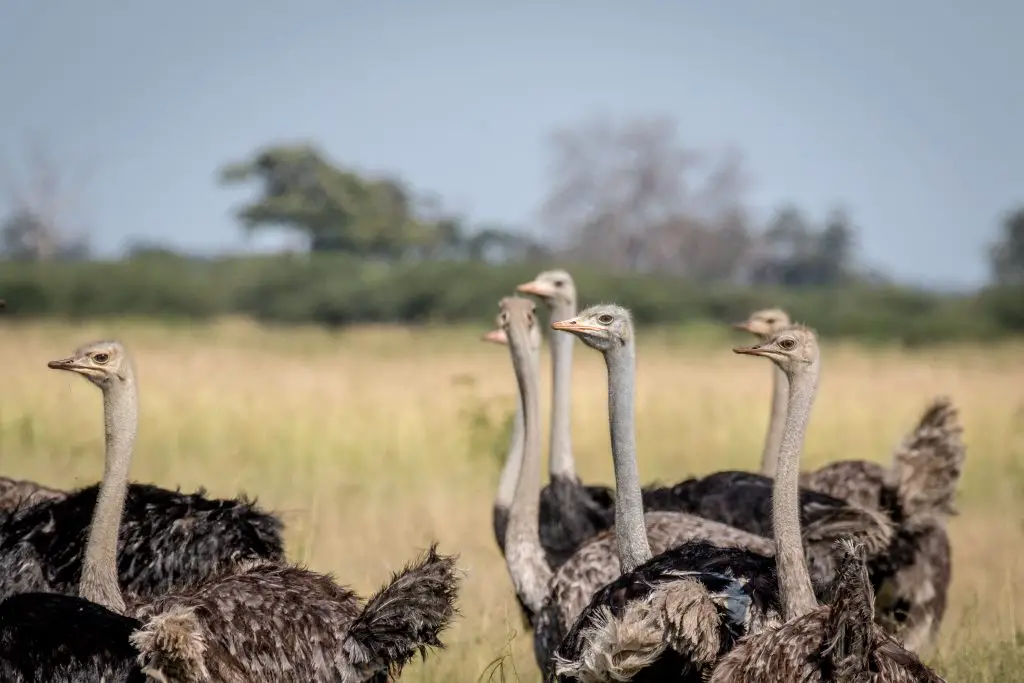
Strathy camels (Ostriches) is a gigantic flightless bird found only on Africa’s open land, and it is the world’s largest bird of prey.
The biggest living bird, an adult male, may grow to be 2.75 meters (about 9 feet) long and weigh more than 150 kilograms (330 pounds), with the neck accounting for about half of its total height. The females are somewhat smaller.
What is Special About Ostrich?
The heaviest living bird on the planet, the ostrich, is incapable of flight. It takes three stomachs to sustain an ostrich.
The ostrich, in contrast to all other living birds, secretes pee in addition to feces in a separate gland. With their long, slender legs, ostriches are the fastest runners of all birds or other two-legged animals, sprinting at speeds of up to 70 kilometers per hour and covering up to 5 meters in a single stride.
The Physical Appearance Of The Ostriches?
They are known for their massive size, incredible speed, and hefty weight. They are the world’s largest bird species. Despite the fact that they are classified as birds, ostriches are unable to fly due to their lack of flight muscles.
In spite of the fact that ostriches have enormous flappy feathered wings, they are unable to fly. In large part, this is due to the enormous weight of these birds.
As a result, no matter how powerful their wings are, they will not be able to assist the bird in lifting off the ground and leaping into the air.
Obviously, this does not mean that ostriches are unable to roam around freely at all.
However, instead of being able to fly, these birds of prey have grown an equally powerful set of feet, which effectively allows them to sprint at full speed away from any potential dangers.
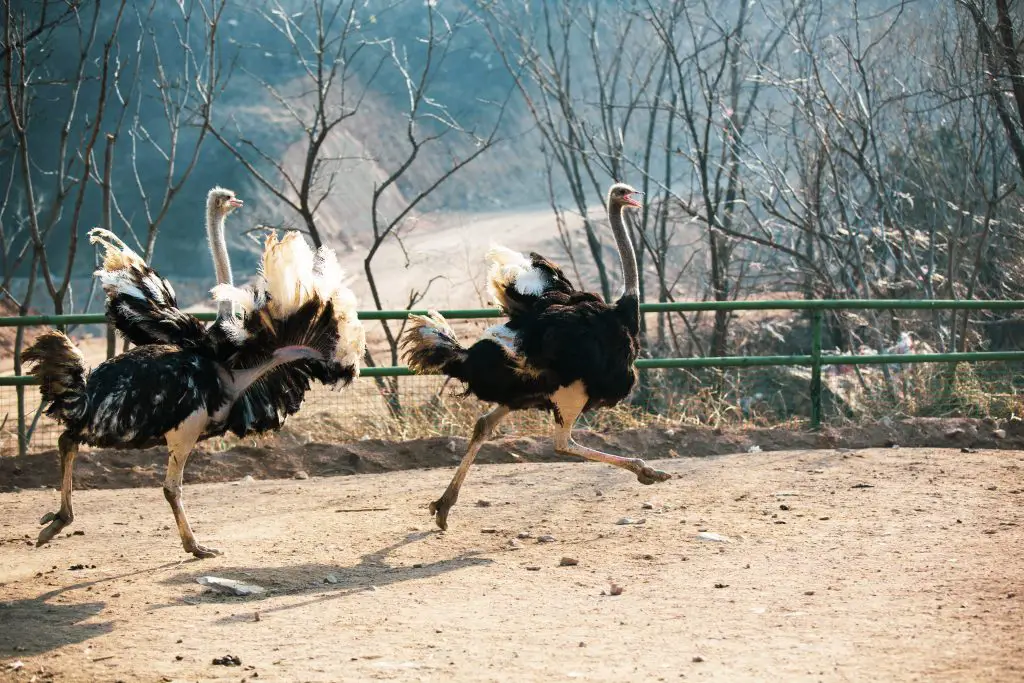
If An Ostrich Can’t Fly, Why Does It Have Wings?
For one thing, ostriches hold their wings out to help them balance when they run, especially if they suddenly change direction. Their main use, though, along with the tail feathers, is for displays and courtship.
How Did Ostrich Evolve To Not Fly?
The ostrich is the largest living bird on Earth and is one of several species in a group of birds known as ratites.
All ratites, including emus, rheas, cassowaries, and kiwis, are flightless. There is only one exception to this group in the tiny species.
Ostriches cannot fly because, like all ratites, they do not have the keel portion of the sternum (also known as the breastbone). The keel attaches to the stronger pectoral muscles that are typically used for flight.
Scientists are baffled as to why ostriches evolved to be unable to fly.
One hypothesis, on the other hand, holds that the ratites’ biggest predecessors, including the huge elephant bird, arose after the dinosaurs were extinct but before the emergence of most mammals.
As a result, these colossal ratite birds would have been complete without true predators.
Due to the fact that they faced few predators, they were able to more or less do whatever they liked while remaining as big, flightless birds. In fact, there are plenty of creatures (such as lions) who consider an ostrich to be a fine meal these days—the flightless ostrich’s days of being unafraid to have unhappily come to an end.
In exchange for not being able to fly, they have learned how to run very quickly and with strong leg muscles, which has helped them to make up for this.
This is all done through the ability of regulatory DNA. Regulatory DNA is involved in regulating when and where genes are turned on and off.
Major evolutionary changes, according to some researchers, occurred because mutations to protein-making genes were tied to this trait or because there were tweaks to more mysterious regulatory DNA.
Did Ostriches Use To Fly?
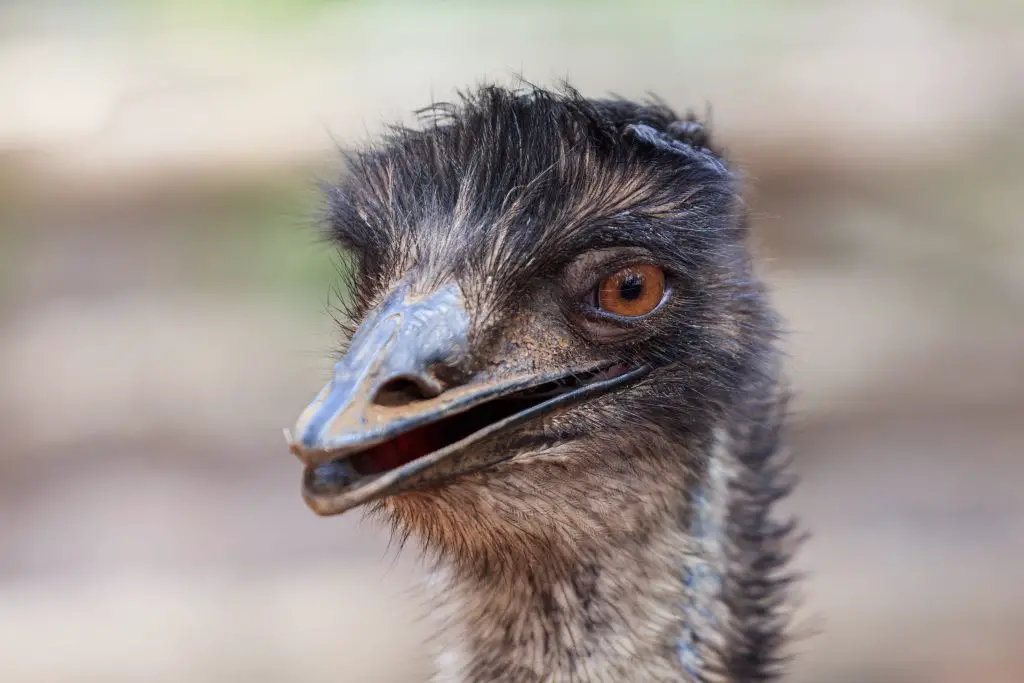
We’ve always imagined the ostrich as a massive bird that can’t fly.
In spite of this, fundamental evolutionary science and the idea of regulatory DNA lead to the conclusion that ostriches may have near cousins who are capable of flying.
Scientists previously thought that all ostriches, as well as other ratites, descended from a single flightless progenitor who lived on a supercontinent known as Godwin during the Cretaceous era.
As the supercontinent broke apart, the ratites spread across the world and evolved into all of the flightless birds we know today, including the ostrich.
However, recent discoveries have rendered this theory incorrect.
After DNA was extracted from a bird that lived on the island of Madagascar—a bird named the “elephant bird”—it was closely linked to birds in the ratite bird.
In fact, its closest relative was the kiwi. There’s no way to get from New Zealand, where the kiwi is found, to Madagascar without flying, so the current theory is that all ratites had flying ancestors like the elephant bird.
Which Birds Can’t Fly and Why?
In the flightless group of ratites, you will also find rheas, cassowaries, kiwis, and emus.
All of these birds have flat breast bones with no keel to anchor them to the strong pectoral muscles they need to fly.
Plus, in the case of large birds like emus and ostriches, their large bodies would be far too heavy for their tiny wings to lift off the ground, anyway.
However, there are other birds outside of the ratite family that can’t fly, either. These include penguins, steamer ducks, takes, kakapos (also known as owl parrots), and several others.
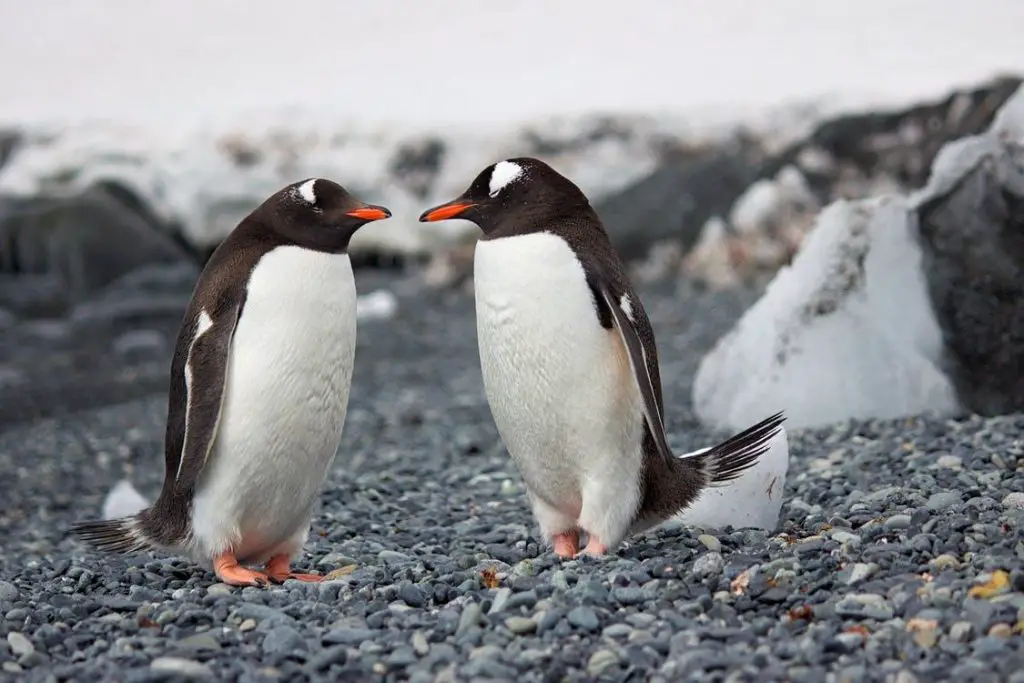
The penguin, perhaps the most ubiquitous of all these birds, cannot fly because of its body composition.
These birds are short and stocky, better built for swimming and diving than for flying, which is fine, because that’s what they spend most of their time doing, anyway!
Three out of four species of steamer duck are flightless—mostly because they’re too heavy to achieve liftoff. They don’t need to fly, since they run quickly and are extremely aggressive (in fact, some aggressive steamer ducks have been known to get into epic, bloody battles and kill birds twice their size in these fights!).
Is it Possible For An Ostrich To Glide?
We are all aware that ostriches are unable to fly, as is common knowledge.
Despite the fact that it is capable of reaching speeds in excess of 50 miles per hour, creating the impression that it is flying through the air, it is not actually flying through the atmosphere.
A long, elegant stride lets it cover territory rapidly and effectively over long distances, regardless of the terrain.
Once an ostrich begins moving, it can move at breakneck speed, giving the appearance that it is gliding through the air while its wings flap.
Real ostriches, on the other hand, are incapable of flight, and despite appearances, this is not actually gliding. As simple as that, it’s running and flapping its wings.
Can Birds That Lack The Ability To Fly Glide?
Flightless birds have very small wing areas compared to those needed to remain aloft.
Therefore, while their wings would be “better than nothing” at reducing their falling velocity, it would be nothing close to gliding.
Should I Be Concerned About Ostriches’ Lack of Flight?
Should I be concerned about ostriches’ lack of flight? Ostriches’ inability to fly does not pose an ostrich risk: should you fear them?? Despite their flightless nature, ostriches are incredibly fast runners and possess powerful kicks. However, their flightlessness is due to their size and adaptations for running, not an inherent risk factor.
Can a Human Ride An Ostrich?
In certain places, ostrich riding is available and even a common tourist pastime. This tends to be in countries like South Africa, particularly in the Oudtshoorn area. It is less popular now, but it is still an activity that is available to tourists.
But I would advise AGAINST riding on ostriches.

